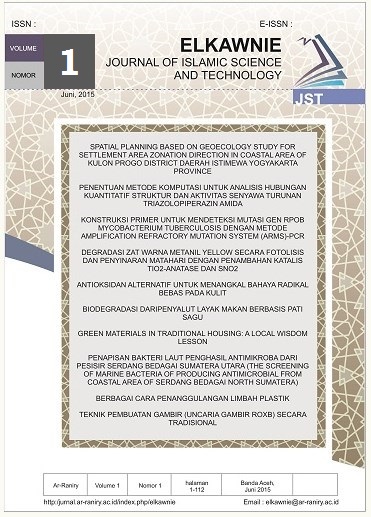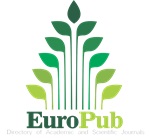Green Materials in Traditional Housing: A Local Wisdom Lesson
DOI:
https://doi.org/10.22373/ekw.v1i1.520Abstract
The consideration of sustainability, sustainable development, or sustainable future began to emerge in the beginning of 18th century, precisely after the Brundtland Commission Report had been published in 1987. In the beginning, environmental awareness rose in the industrial country such as European countries and America. It is the consequence of the industrial revolution which had caused negative impact to the environment. Furthermore, climate change and global warming have become a great issue. Buildings gave contribution in this issue due to their consuming energy and releasing emissions. Therefore, the use of appropriate material is a key point of green building. Some considerations of material selection for green building are resource efficiency, indoor air quality, energy efficiency, water conservation, and affordability. These aspects are analysed in traditional house’s materials. The result from this qualitative approach shows that the materials used in traditional houses are green. There are some lessons that can be drawn from this local wisdom. They could be very useful for the future design of buildings.Downloads
Published
Issue
Section
License
Proposed Policy for Journals That Offer Open Access Authors who publish with the Elkawnie journal agree to the following terms:
a. Authors retain copyright and grant the journal right of first publication with the work simultaneously licensed under a Creative Commons Attribution License that allows others to share the work with an acknowledgement of the work's authorship and initial publication in this journal.
b. Authors are able to enter into separate, additional contractual arrangements for the non-exclusive distribution of the journal's published version of the work (e.g., post it to an institutional repository or publish it in a book), with an acknowledgement of its initial publication in this journal.
c. Authors are permitted and encouraged to post their work online (e.g., in institutional repositories or on their website) prior to and during the submission process, as it can lead to productive exchanges, as well as earlier and greater citation of published work (see The Effect of Open Access).

























